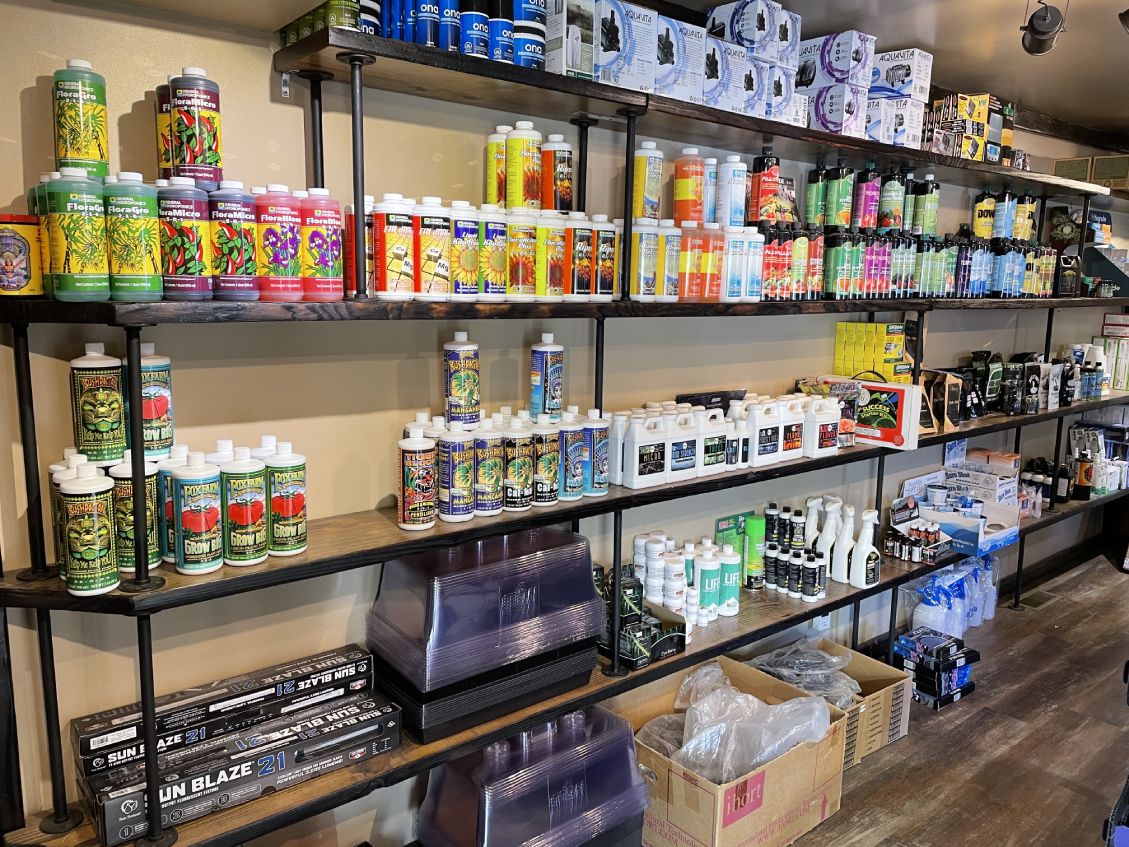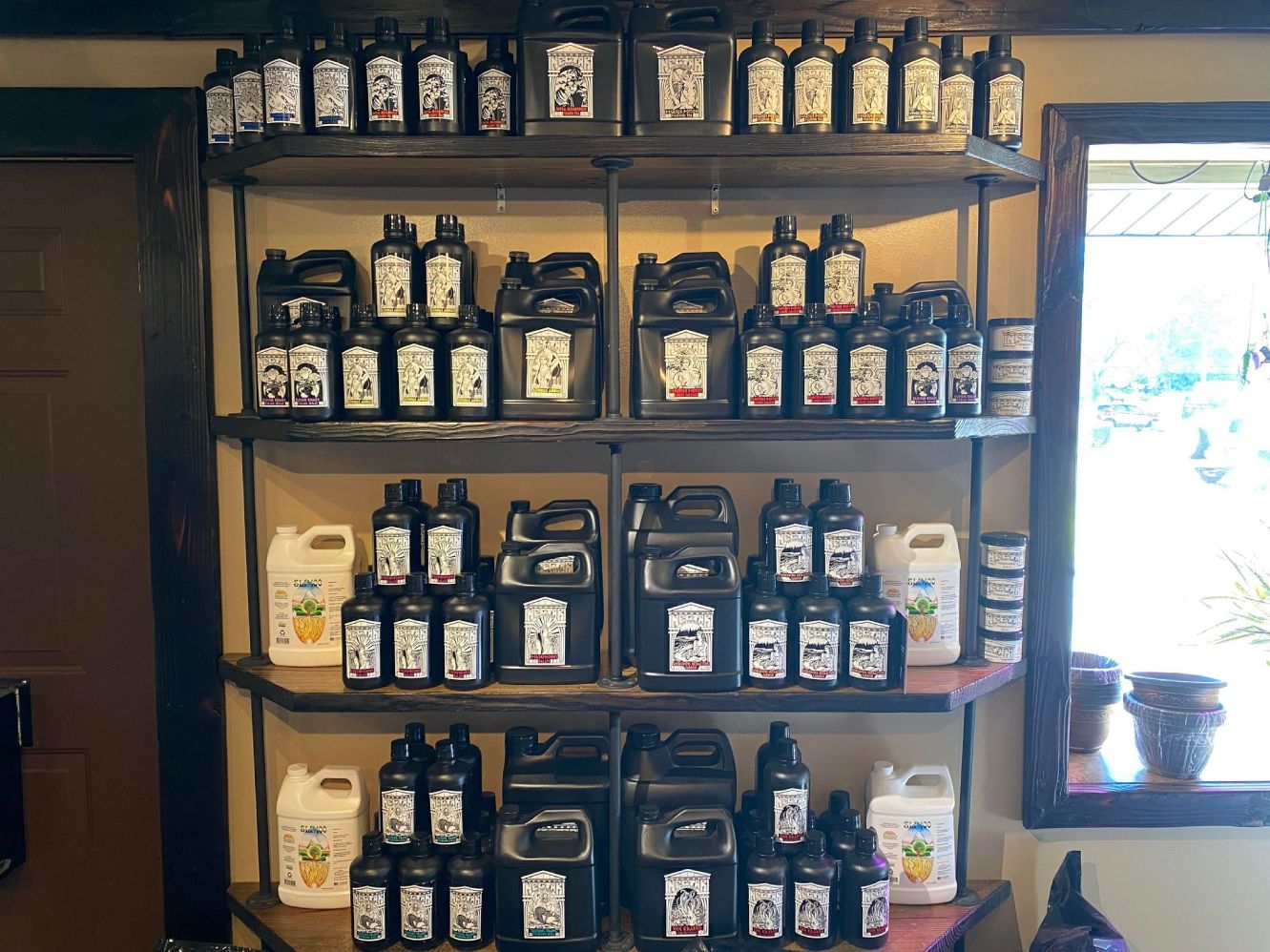Reinvent Your Garden with The Indoor Earthworm's Growing Strategy
Reinvent Your Garden with The Indoor Earthworm's Growing Strategy
Blog Article
Study the Globe of Hydroponics: Exploring Various Types
Within the world of hydroponics exists a diverse array of growing techniques that use distinct advantages for expanding plants without soil. As we embark on this expedition of various hydroponic systems, we will certainly uncover the ins and outs of techniques like the Nutrient Film Method (NFT), Deep Water Culture (DWC), Wick System, Ups And Downs (Flooding and Drain), and Aeroponics. Each technique offers a distinct strategy to nurturing plants in a soil-less environment, appealing development and performance in the realm of modern agriculture.

The Nutrient Film Strategy (NFT)
The Nutrient Film Method (NFT) is a hydroponic system that involves a continual flow of nutrient option over plant origins in a thin movie to promote reliable nutrient uptake. This technique utilizes a shallow stream of water that contains liquified nutrients, enabling the plant origins to have consistent access to the needed components for growth - The Indoor Earthworm. The nutrient service streams along all-time low of the channel, speaking to the roots and afterwards receding, offering a highly oxygenated setting vital for root health and wellness
Given that the nutrient solution is recirculated, it needs much less water contrasted to conventional soil-based gardening. In addition, the regulated environment of the NFT system minimizes the threat of nutrient discrepancies and illness, leading to healthier plants.
Deep Water Culture (DWC)
In a DWC system, plants are placed in web pots, allowing their roots to hang straight into a nutrient remedy. The secret to success in DWC is maintaining the appropriate oxygen degrees in the nutrient service to stop root rot and promote healthy plant development.
One of the main advantages of DWC is its reduced upkeep needs. With fewer relocating components and no demand for a complex watering routine, DWC is a beginner-friendly choice for those brand-new to hydroponic gardening. In addition, the direct accessibility to oxygen and nutrients permits plants to uptake what they require more successfully, frequently leading to faster growth prices and greater returns contrasted to typical soil farming approaches. Nonetheless, controlling water temperature level and stopping algae growth in the nutrient service are important considerations when applying a DWC system.
Wick System
In hydroponic farming, the Wick System is a passive technique that makes it possible for plants to attract up nutrient remedy via capillary activity. The capillary action of the wick allows the nutrient remedy to relocate from the reservoir to the expanding tray, guaranteeing a consistent supply of nutrients to the plants' roots. It might not be suitable for bigger plants or those with high nutrient requirements, as the passive nature of the system can lead to unequal nutrient distribution.
Ups And Downs (Flood and Drainpipe)
Discovering the Ups And Downs (Flood and Drainpipe) system supplies understanding into a vibrant hydroponic technique that alternates between flooding and draining the plant roots with nutrient option. This system runs by periodically swamping the plant containers with a nutrient remedy from a reservoir and after that allowing the excess solution to drain back. The process is normally managed by a timer to make certain normal get more flooding cycles, providing the roots with oxygen as the remedy recedes.
Ebb and Circulation systems are functional and can accommodate various plant sizes and types. The routine flooding aids provide nutrients directly to the origins, improving nutrient uptake efficiency.
This approach is preferred amongst hydroponic fanatics for its flexibility, simplicity, and effectiveness to various plant needs. With appropriate surveillance and maintenance, the Ups and downs system can sustain durable plant growth in a controlled hydroponic atmosphere.
Aeroponics
Using a high-pressure misting system, Aeroponics is an innovative hydroponic method that suspends plant origins in an oxygen-rich setting to promote optimum nutrient absorption and energetic growth. Unlike other hydroponic techniques, which immerse origins in water or a nutrient option, Aeroponics supplies nutrients directly to the roots via a great haze. This mist is sprayed at normal intervals, guaranteeing that the roots obtain a constant supply of water, oxygen, and nutrients.

Among the key advantages of Aeroponics is its capacity to make best use of nutrient uptake while reducing water usage. By delivering nutrients directly to the roots, plants can absorb them extra successfully, resulting in faster development rates and greater returns. In addition, the oxygen-rich atmosphere created by the misting system promotes origin advancement and assists stop origin conditions.
Aeroponics is especially fit for expanding leafy greens, natural herbs, and various other plants that thrive in aerated environments. The Indoor Earthworm. Its efficient use sources and capability to promote quick growth make it a preferred choice for hydroponic enthusiasts seeking to accomplish ideal results
Final Thought
To conclude, hydroponics uses a series of innovative techniques for expanding plants without soil. From the nutrient film strategy to deep water society, each method has its very own advantages and obstacles. By understanding and making use of these various kinds of hydroponic systems, individuals can discover new possibilities for lasting farming and make the most of plant growth in controlled environments.

Report this page